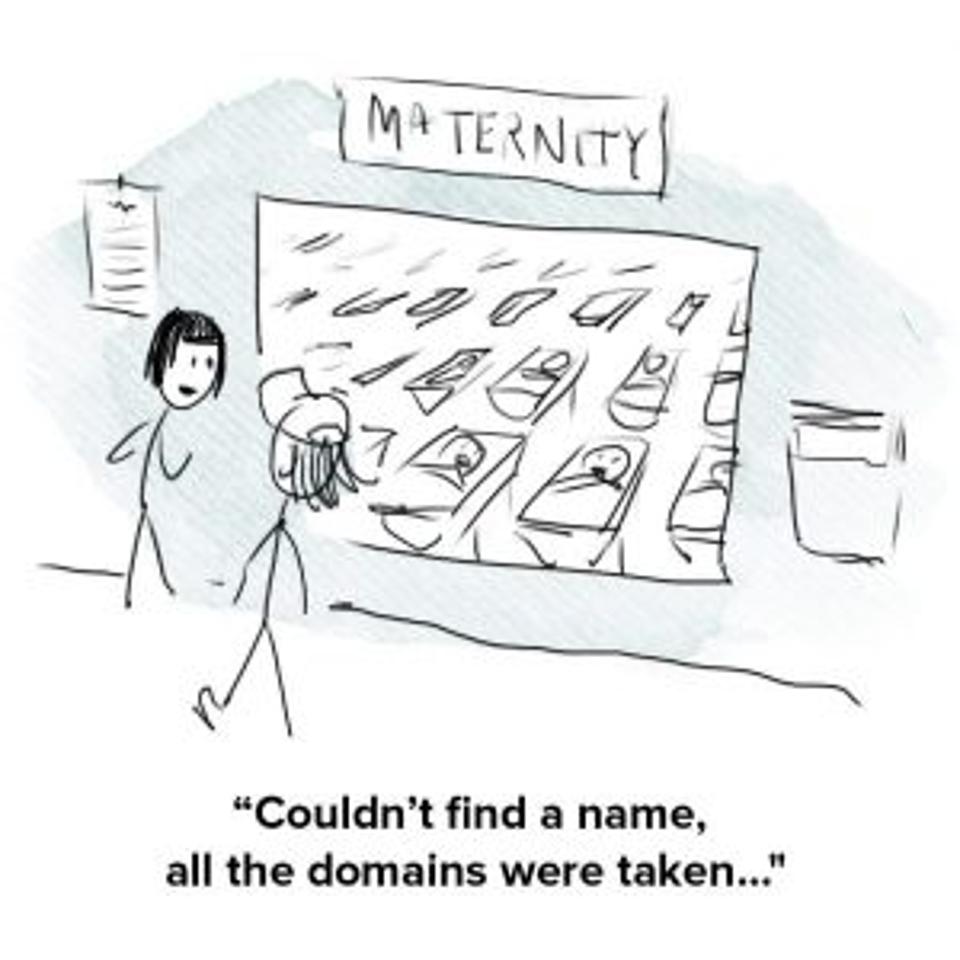
From Burberry to Dyson and Apple, our new Monday fortnightly series Talking Shop explores how these smart stores are revolutionising retail, by meeting the people who designed them.
The high street will never be the same.
Today we’re talking to Wilhelm Oehl, the chief design officer of Eight Inc, behind the original concept for one of the most transformative shop designs in the world of retail: the Apple store.
Today Apple’s store design is so iconic that saying somewhere is “like an Apple store” is universal shorthand for somewhere with a minimalistic design, with materials like aluminium, glass and wood.
Wilhelm Oehl led the team behind it. A seasoned designer, Oehl has worked with dozens of high-end clients, working on the store designs from Nike to Nokia.
But Apple’s original Regent Street store which opened in 2004 remains among his proudest achievements. While the store was recently renovated, its original design would introduce Britain to concepts like the ‘Genius bar’ and in-store lessons on the new Mac you’d just bought for the very first time.
A busy man, with powerful design ideas, The Memo asked Oehl how he transformed the face of retail with this store.
How did you want people to feel when walking into the Apple Store on Regent Street?
We really wanted people to feel a sense of connection.
Coming off the always busy Regent Street and entering the Apple store should allow people to decompress, slow down and explore the Apple products and services on their own terms, but with human support by your side when needed.
And what were the broad goals behind the design of this store?
Building on the original Apple store concept with the Genius Bar, kids’ area and theatre and the familiar glass staircase that has become the defining architectural feature everybody recognises.

What technologies make the Apple Store unlike any other in the world?
Apple really perfected the mobile checkout experience, letting you pay anywhere in store, due to the overwhelming demand of transactions.
It means you can choose your product and pay from anywhere in the store, without having to find a checkout counter.

What challenges did you face designing this store?
Back in 2004, we weren’t able to place the iconic Apple logo on the shopfront, due to local planning regulations on Regent Street.
But instead for the first time, we hung illuminated Apple logos inside the bay windows, which made an impact on the street level while also the historical significance of such a prestigious building.

Which elements of this design have become synonymous with modern shop design?
This design is a true innovation for retail presentation and construction.
All elements of the sales area’s stainless steel wall system are manufactured offsite and assembled on-site, simplifying and streamlining the construction process.
This retail “kit” reduces the energy and materials needed to create the store and allows for a faster and more precise installation process.
The change of behaviour – that allows the visitor to browse as they desire, or engage as deep as needed with a human being – has been a fundamental shift in the engagement model for stores.
[Source:-The memo]





